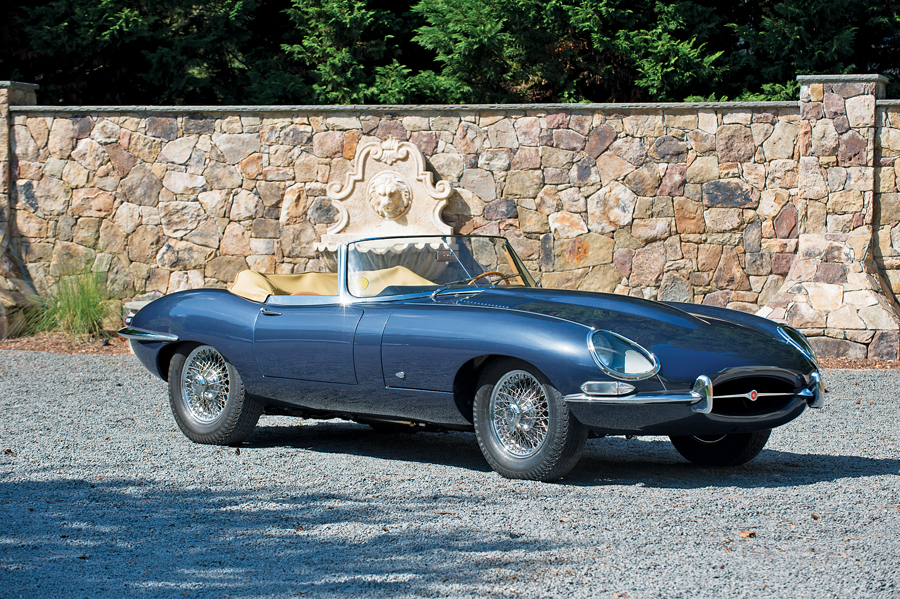Chassis Number: 875053
This extremely early, very desirable, and hard-to-find external-bonnet-latch, flat-floor E-type roadster was ordered new at the 1961 Paris Salon by Maclean’s magazine Editor Ralph Allen.
The Opalescent Bronze roadster was dispatched from the factory on June 9, 1961, and exported to Canada. Chassis 875053 is the 53rd E-type roadster constructed, and the 27th left-hand-drive example, making it one of the earliest E-types exported to North America.
The early Jaguar Registry also notes that chassis 875053 is the fourth-earliest car produced that has been located by the Jaguar Register. This Series 1 exterior-bonnet-latch E-type, which retains its original engine, is one of the finest in existence. Unquestionably one of the earliest and most desirable examples of the breed, chassis 875053 is a must-have for any serious collector.

